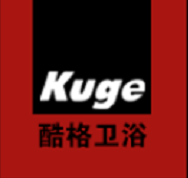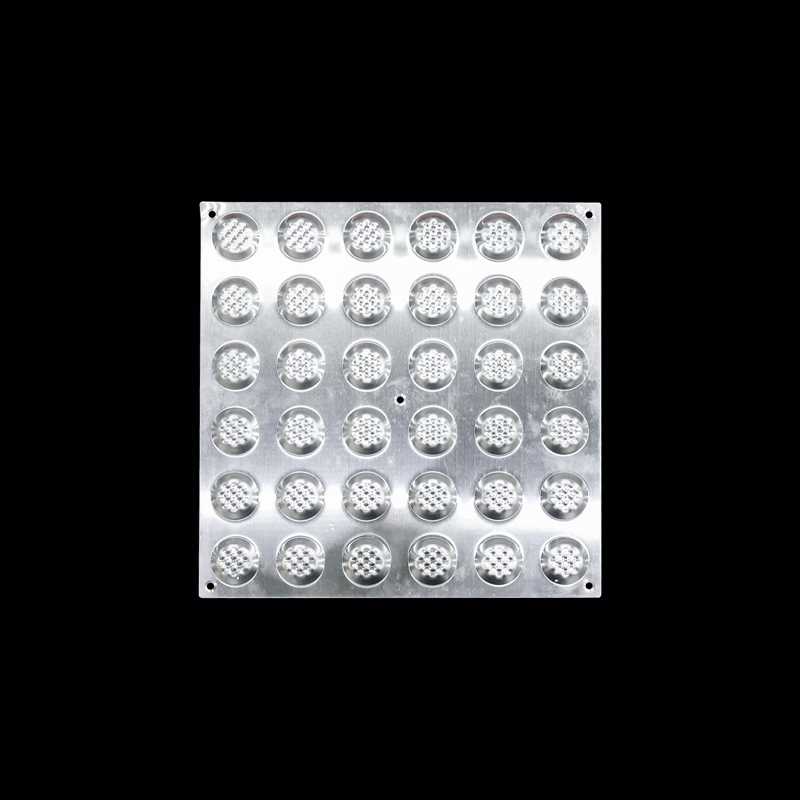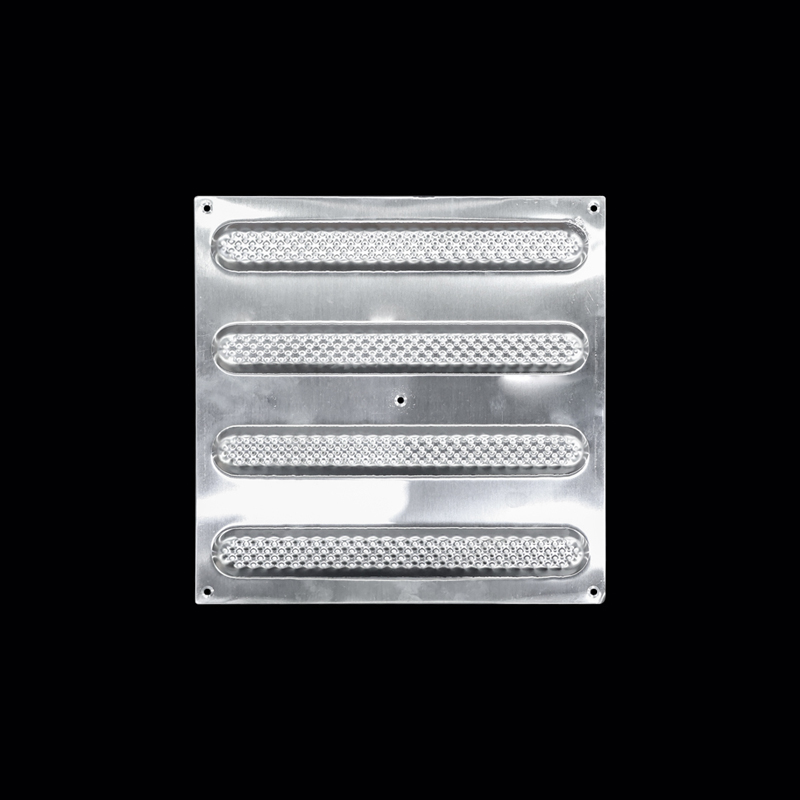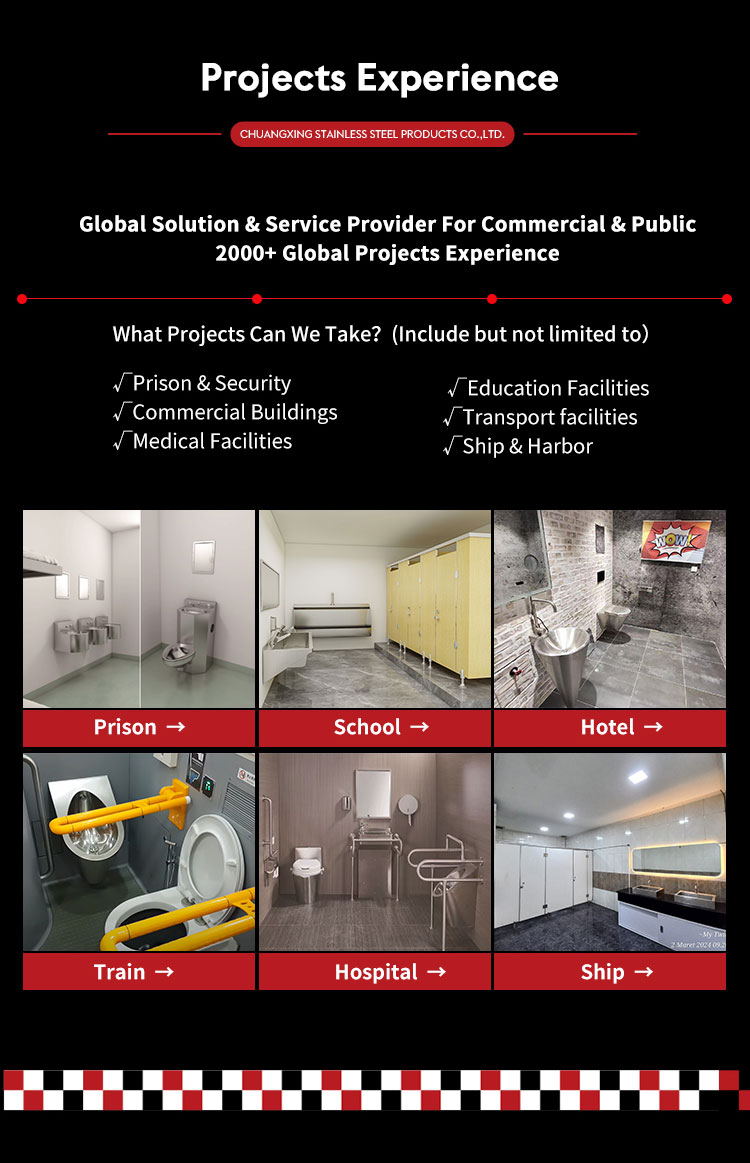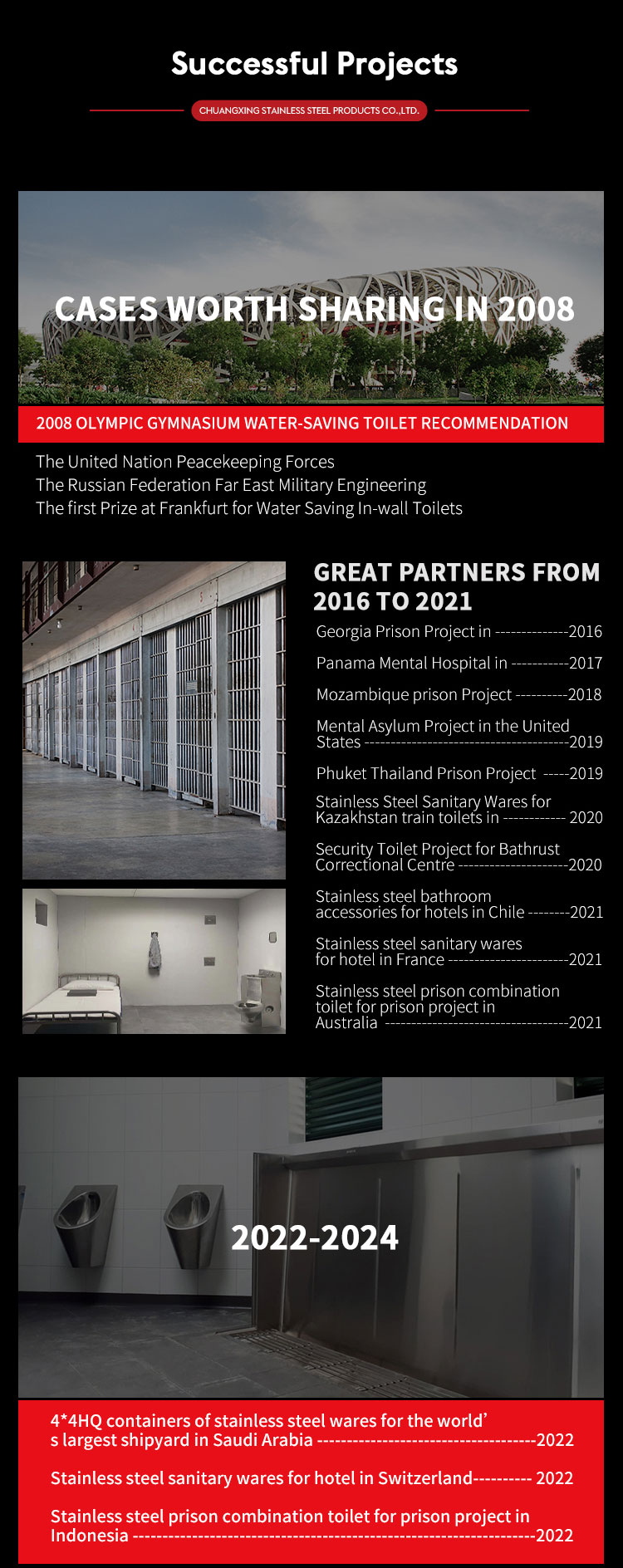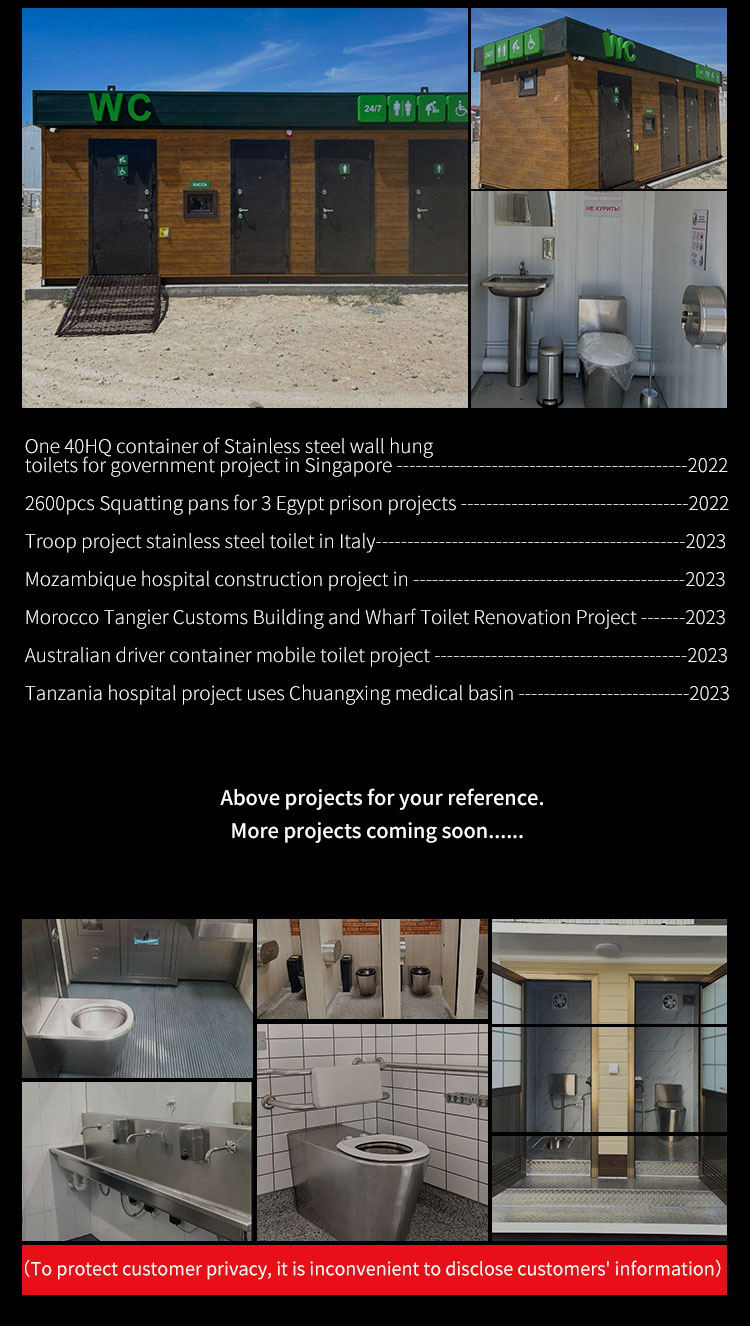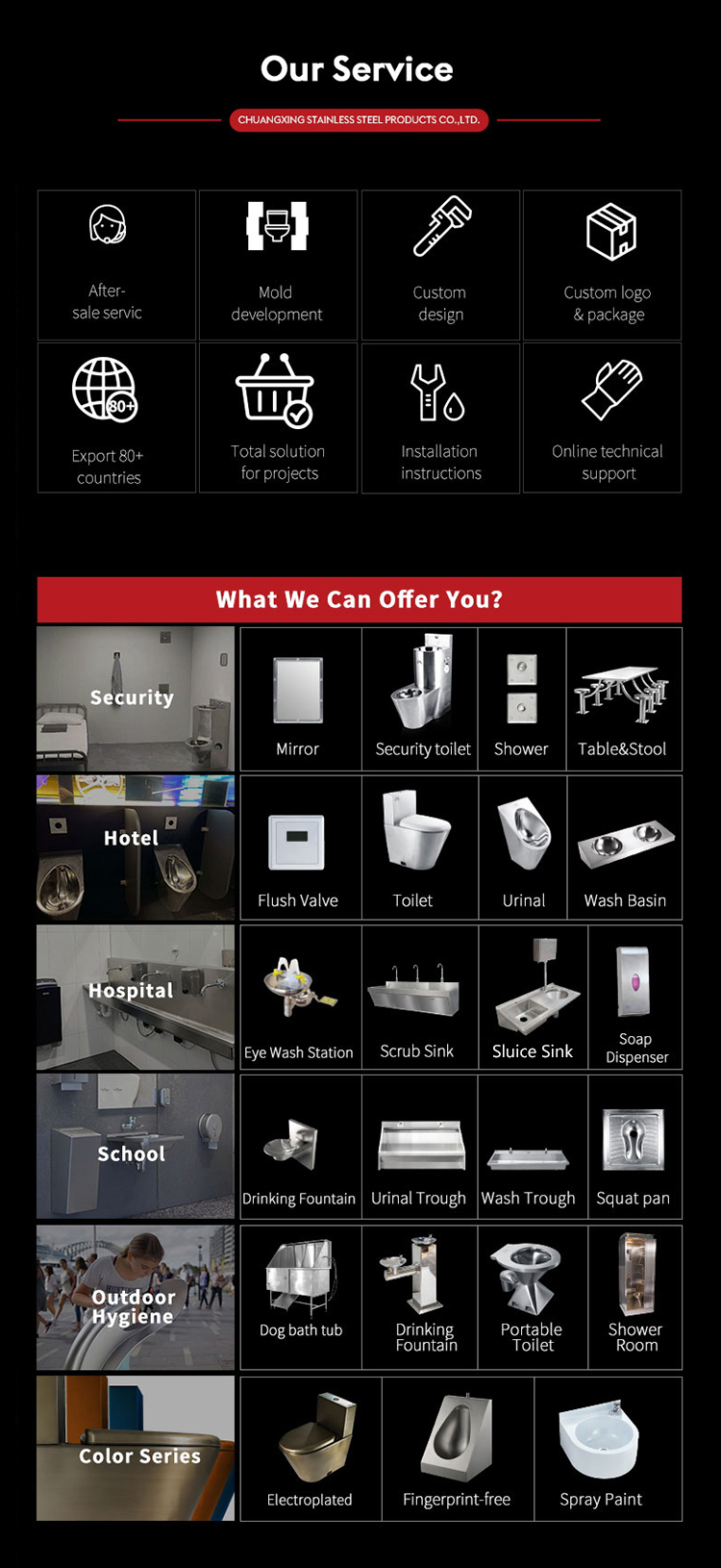| Product name | Stainless steel tactile indicator |
| Dimension | 500*500*1.0mm |
| Thickness | the whole 1.0mm |
| Finish | Satin |
Material Advantages
The choice of stainless steel as the primary material for these tactile indicators brings numerous
benefits. Stainless steel is renowned for its exceptional durability and longevity. Unlike some other
materials that may deteriorate quickly under harsh weather conditions or heavy foot traffic,
stainless steel can withstand extreme temperatures, heavy rainfall, snow, and the constant pressure
of countless footsteps over many years. This durability ensures that the tactile indicators remain
effective and functional for an extended period, reducing the need for frequent replacements and
maintenance.
Stainless steel also exhibits excellent corrosion resistance. In environments with high humidity,
coastal areas with salty air, or regions where de - icing salts are used in winter, the indicators resist
rust and corrosion. This property maintains the integrity of the surface texture and the visibility of
the indicators, ensuring that they continue to provide reliable guidance and warning signals
regardless of environmental challenges.
Furthermore, stainless steel has a sleek and aesthetically pleasing appearance. Its metallic sheen
and modern look can complement various architectural styles, from contemporary urban designs
to more traditional settings. This visual appeal means that stainless steel tactile indicators not only
serve a functional purpose but also enhance the overall aesthetic of public spaces, making them a
preferred choice for architects and urban planners who value both form and function.
The dimensions of the indicators tactile are also carefully considered. They are typically designed
in standard sizes that can be easily integrated into existing paving systems. This standardization
allows for consistent installation practices and ensures that the indicators are recognizable and
uniform across different locations, which is crucial for the orientation and mobility of visually
impaired individuals who rely on consistent environmental cues.
Applications Across Various Settings
Stainless steel tactile indicators find applications in a wide range of settings. In urban environments,
they are a common sight on sidewalks, helping visually impaired pedestrians maintain their
orientation and safely cross streets at designated crosswalks. At transit stations, whether they be
subways, light rails, or bus terminals, the indicators are strategically placed to guide passengers to
platform edges, stairways, and elevators, ensuring a seamless and safe journey through the transit
system.
In commercial buildings, such as shopping malls, office complexes, and airports, stainless steel
tactile indicators assist visitors in locating important facilities like restrooms, information desks,
and emergency exits. They also help in directing people along circulation routes within large
indoor spaces, reducing confusion and improving the overall accessibility experience.
Educational institutions benefit from the installation of these indicators as well. On school and
university campuses, they guide students with visual impairments to classrooms, libraries, sports
facilities, and other key locations. This promotes independence and inclusion within the
educational environment, allowing students to navigate campus with confidence.
Even in residential areas, stainless steel tactile indicators can be used to enhance accessibility.
They can be incorporated into pathways within apartment complexes, senior living facilities, or
housing developments with a focus on accessibility, ensuring that all residents can safely and
easily access common areas and exit points.
Kuge has strong R&D team,we provide the most professional plan and a meaningful design with
an idea price to meet all our client's highly customized demands.
